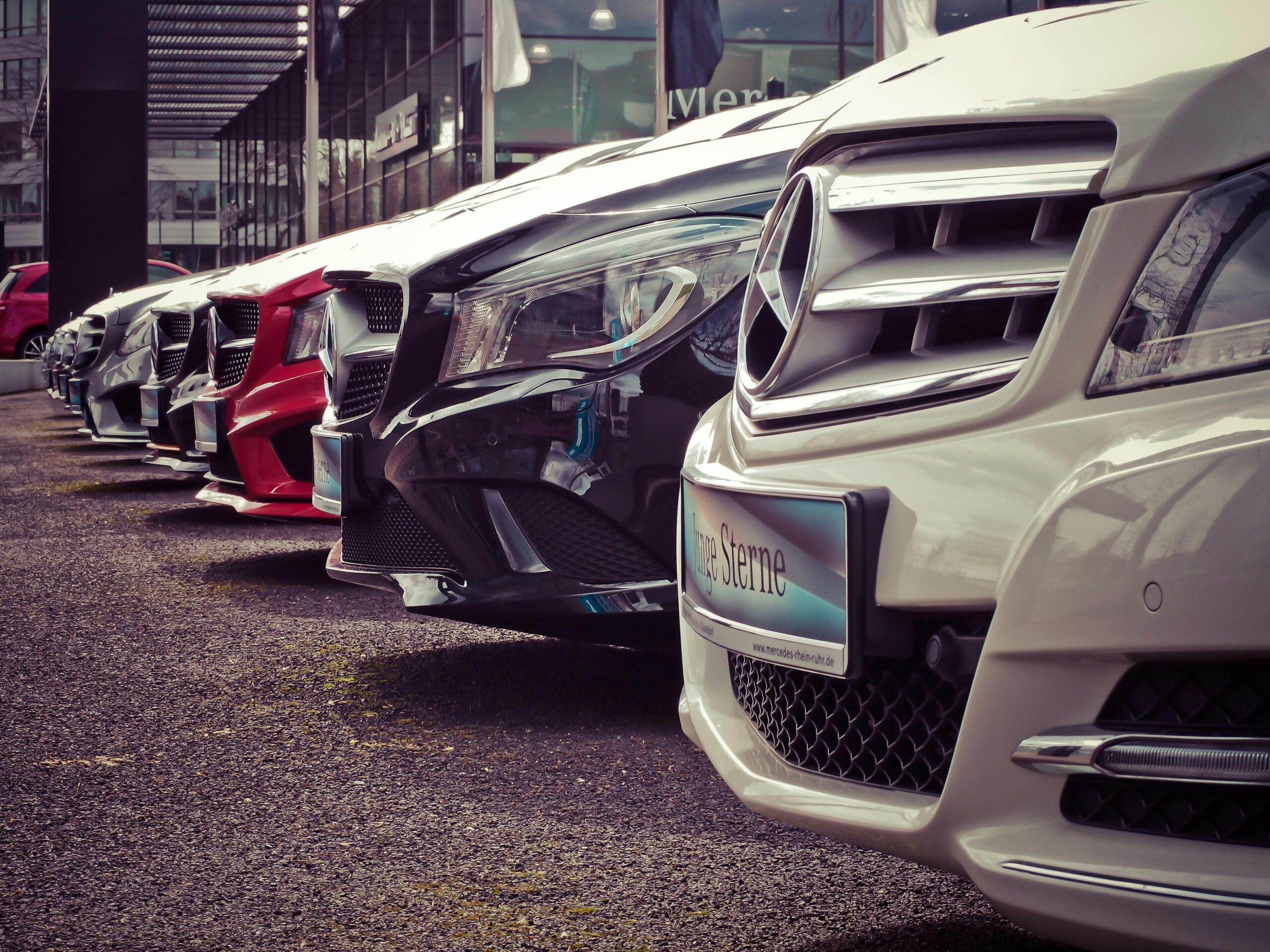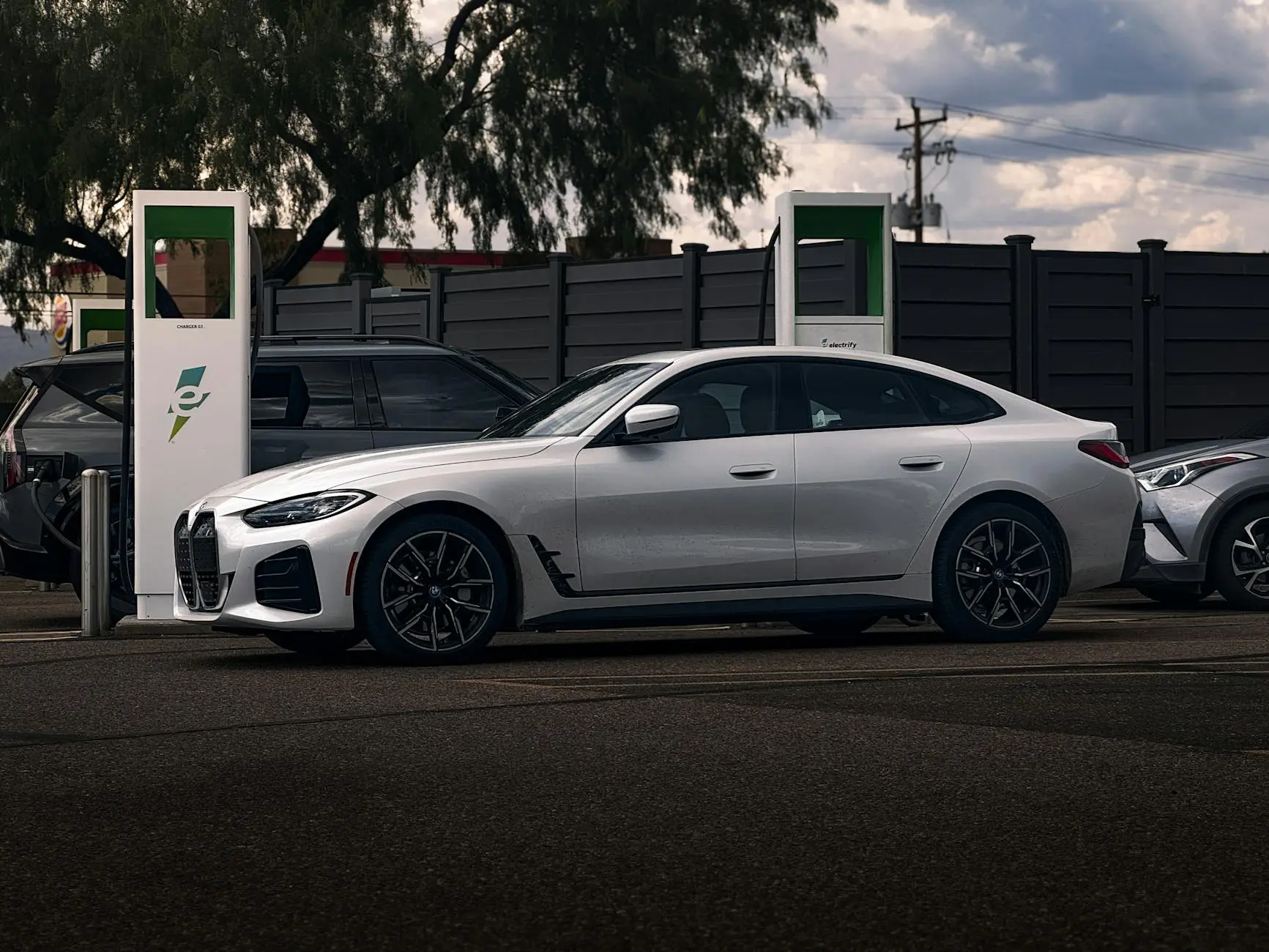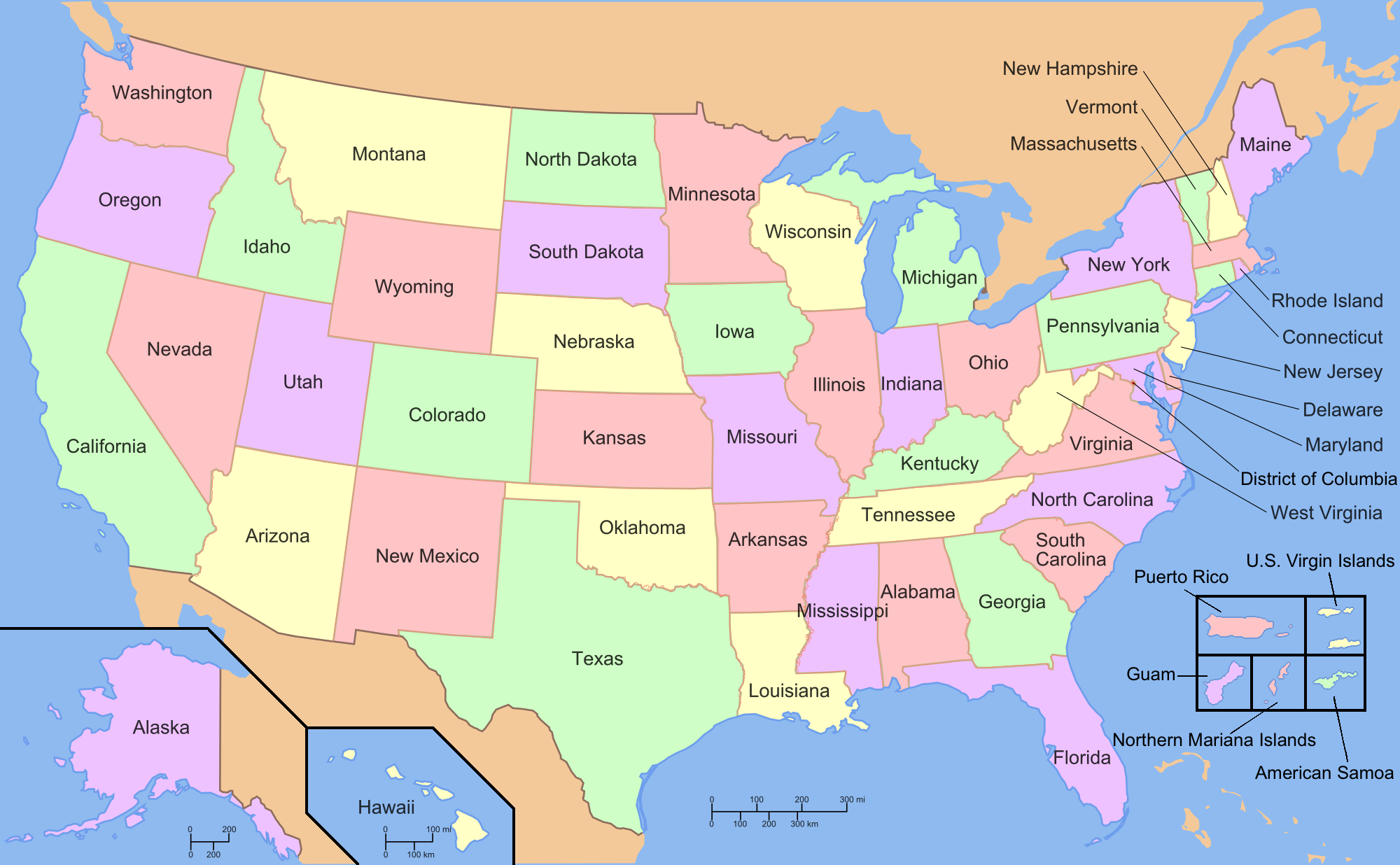The Impact of Vehicle Types on Car Insurance Costs
When it comes to determining car insurance premiums, one of the pivotal factors that insurers consider is the type of vehicle being insured. Understanding how different vehicle types impact insurance costs can empower car owners with the knowledge needed to make financially savvy decisions. Whether you’re opting for a compact car for city driving, a luxury sedan for comfort, or a rugged SUV for adventure, the choice of vehicle affects what you’ll pay for insurance significantly.
1. Sedans: The Standard Choice
Sedans are among the most common vehicles on the road, offering a balanced mixture of affordability, fuel efficiency, and moderate insurance rates. Typically, insurance costs for sedans are reasonable because these vehicles are less likely to be involved in high-risk driving situations compared to their sporty counterparts. For example, a family sedan prioritizes safety features and tends to be driven primarily for commuting and errands, leading to lower rates.
2. SUVs and Crossovers: Size and Safety
Sport Utility Vehicles (SUVs) and crossovers continue to gain popularity due to their spacious interiors and higher seating positions, which many drivers find appealing for visibility and comfort. Insurance costs for SUVs and crossovers can vary significantly. While their larger size might suggest increased protection in collisions (often leading to lower potential health-related costs), their higher cost of repair and greater likelihood of rollover accidents in certain conditions can increase premiums. However, models equipped with advanced safety features often benefit from discounts.
3. Trucks: Utility with a Cost
Pickup trucks serve a dual purpose for personal use and commercial work, boasting high utility value. Insurance rates for trucks are generally higher compared to sedans, due to their expensive parts and higher risk of collision damage. Additionally, trucks involved in heavy-duty work or off-road activities present a different risk profile that insurers evaluate carefully. Choosing a truck with modern safety technologies can help reduce premium costs.
4. Sports Cars: Performance at a Price
Sports cars, known for their high-speed capabilities and sleek designs, command some of the highest insurance premiums. These vehicles are associated with greater risks of accidents due to their performance nature and the tendency of owners to drive more aggressively. Moreover, the costs of parts and repairs for sports cars are often significantly higher. Insurers also factor in theft rates, as sports cars are often targeted, further elevating insurance costs.
5. Luxury Cars: High Stakes on the Road
Luxury vehicles, synonymous with opulence and cutting-edge technology, also come with hefty insurance costs. These cars often have expensive parts and amenities, contributing to high repair costs that insurers must cover in case of accidents. The value of a luxury car, coupled with comprehensive coverage needs and theft risk, leads to increased premiums. Owners can, however, offset some costs by installing advanced security systems and driving cautiously.
6. Electric Vehicles: The Future with Benefits
The rising trend of electric vehicles (EVs) brings a new dimension to auto insurance. While initially, insurance rates for EVs were higher due to unfamiliarity and repair costs, recent developments and incentives have moderated rates. Many insurers now offer discounts for eco-friendly choices. The cost of insuring an EV still varies based on the model, as the complexity of parts and technology influences repair expenses. However, the push for sustainability and manufacturers’ focus on safety are promising factors in potentially lowering insurance costs in the longer term.
Factors Influencing Insurance Costs Across Vehicle Types
While the type of vehicle is a crucial determinant of insurance costs, other factors also play significant roles. These include:
- Driver’s Profile: Age, driving history, and personal details can impact premiums.
- Location: The area where the vehicle operates influences risk assessment, with urban areas generally presenting higher risks than rural settings.
- Coverage Options: The level of coverage and deductible chosen will affect overall insurance expenses.
- Safety Features: Vehicles equipped with advanced safety features and anti-theft devices often qualify for reduced premiums.
- Annual Mileage: Higher annual mileage can lead to higher premiums as more time on the road increases accident risk.
Understanding the intricate relationship between vehicle types and insurance costs is essential for anyone looking to purchase a new car. By selecting a vehicle that aligns with one’s driving habits and lifestyle while keeping insurance implications in mind, drivers can make informed decisions that balance both passion and practicality.
Disclaimer: The data presented in this article is not real-time and may vary based on individual circumstances and insurance providers’ policies. Always consult with an insurance professional for personalized advice.










